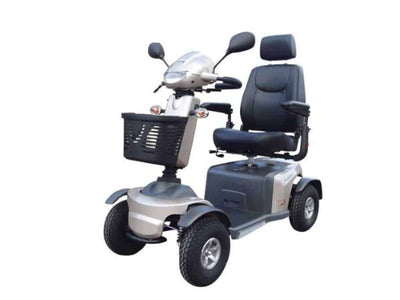Navigating car seat safety rules and regulations in Australia can sometimes feel overwhelming. The laws vary depending on your child’s age, height, and weight, and can even differ based on the type of vehicle or the state you’re in. However, adhering to these standards is crucial because they are designed to prioritise safety.

Which Type of Restraint to Use
Car seat safety rules and regulations can vary depending on your location and circumstances. However, it is advisable to adhere to the following guidelines:
- Infants up to six months of age should always be securely placed in a rear-facing car seat.
- Children between six months and seven years of age can be placed in a forward-facing safety restraint, although it is generally good practice to keep them rear-facing for as long as possible.
- From four years of age until 16, children must use a booster seat until they are tall enough to be properly restrained by a standard seat belt. The recommended minimum height for transitioning to a seat belt is 145cm.
- In all states, if your child does not meet the size requirements for their designated safety restraint, you are allowed to secure them in a safer alternative. This means that children who are smaller than the minimum guidelines can be placed in a smaller seat, while those who have outgrown their recommended baby car seat before the designated age can be secured in the next size up.
- It is recommended that children up to the age of 16 should sit in the back seat of a vehicle, but it is a legal requirement until the age of seven.
- All rearward-facing and forward-facing car seats, as well as booster seats, sold in Australia and weighing over 2kg, must be equipped with a top tether. This requirement applies to car and booster seats sold by retailers catering to children without additional needs.
Public Transport and Child Car Seats
- Taxis: The car seat safety rules that apply to your own vehicle also apply to taxis. If you’re unsure about the availability or suitability of a car seat in a taxi, it is recommended to bring your own. While it may be inconvenient, prioritising safety by ensuring your child is in the right-sized car seat is always the best approach.
- Buses: When a bus has 12 or more seats, the usual car seat rules do not apply. However, it is strongly recommended that children are still secured in a pram, capsule, or other forms of safety restraint whenever possible when travelling on a bus.
- Rideshares: The same rules that apply to cars also apply to rideshare services like Uber. If the rideshare vehicle does not provide a car seat, you will need to bring your own to ensure your child’s safety.
What are Australian Standards?
Australian Standards refer to the specific regulations and guidelines that govern child restraint systems used in motor vehicles. These standards ensure that car seats meet the necessary criteria for design, safety, and usability, providing optimal protection for children while travelling.
In Australia, car seats sold through regular retail outlets are designed for children without additional needs and strictly adhere to the Australian standard. These seats undergo rigorous testing and certification processes to ensure compliance with the safety requirements set by Australian regulations.
However, for child restraint systems intended for children with disabilities or specific medical conditions, special purpose car seats may comply with overseas standards and regulations instead of the Australian standard. This allows for tailored designs and features to accommodate the unique needs of these children.





